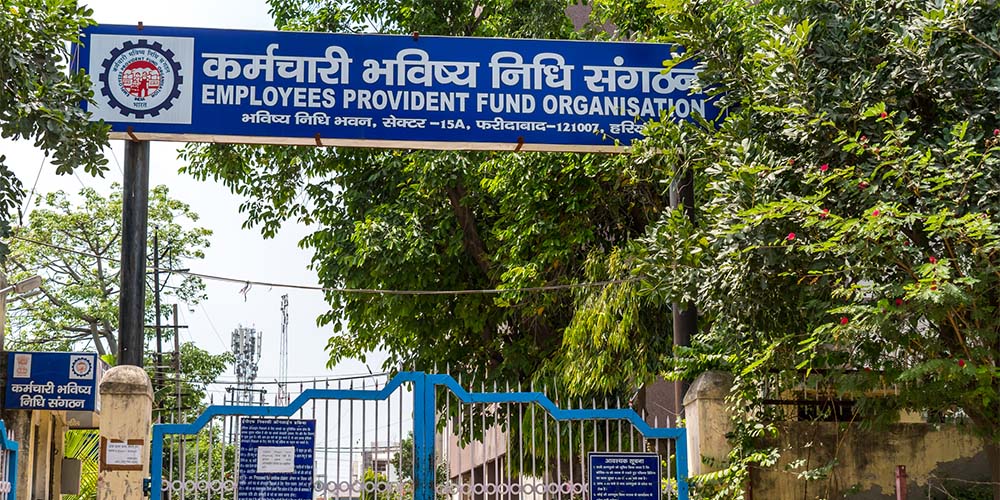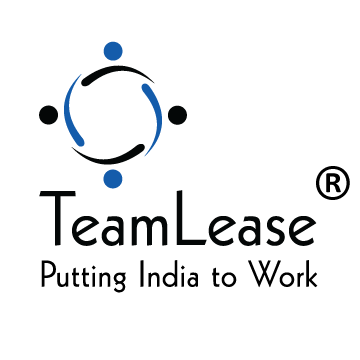What Are the 3 New EPFO Withdrawal Rules? Explained Clearly

Social security isn’t about saving for retirement; it’s about staying secure through every stage of work.” The Employees’ Provident Fund Organisation (EPFO) has revamped its withdrawal system, consolidating 13 different provisions into just 3 simplified rules. This change focuses on improving financial access for workers while protecting their long-term retirement savings.
| Provision | Before (Old Rules) | Now (New Rules) |
| Partial PF Withdrawals | Allowed only after 5–7 years of continuous service; multiple clauses made it time-consuming and paperwork-heavy. | Can be withdrawn after just 12 months of service for needs like medical emergencies, education, or marriage; auto-settlement with no employer approval required. |
| PF Withdrawal after Job Loss | Full PF withdrawal is allowed only after 2 months of unemployment, often depleting long-term savings. | Members can withdraw 75% of their PF right after losing their job. They can take out the remaining 25% after 12 months if they are still unemployed. This ensures they have access to cash and savings. |
| Pension (EPS) Withdrawal | EPS withdrawal is allowed after 2 months of leaving service. | EPS withdrawal waiting period extended to 36 months under the epfo pension withdrawal new rules, encouraging pension preservation and long-term retirement planning. |
Let’s see how each of these reforms impacts employee access to their savings and what it means for the workforce:
What are the New EPFO Partial Withdrawal Rules?
This reform is designed to provide employees with faster access to their PF corpus during genuine needs, without compromising on compliance. By reducing the eligibility period from several years to just one, EPFO makes sure that even short-tenure or project-based workers can access their savings in emergencies.
The process has been fully digitised, and requests are now settled automatically, eliminating paperwork and employer approvals. This shift particularly benefits contractual and temporary workers, who previously struggled with lengthy approval cycles.
What Happens to PF Savings After Job Loss?
To support income continuity during job transitions, EPFO now allows members to access a significant part of their PF soon after employment ends. The reform provides much-needed liquidity while ensuring a portion of savings remains intact for future security.
The reform provides necessary liquidity and keeps part of the savings safe for future security. This setup is particularly important for workers in fields with frequent job changes or those who work on contract. It offers financial support without pushing for total withdrawals.
What has Changed in the Pension Withdrawal Rules?
EPFO has revised the withdrawal timeline under the Employee Pension Scheme (EPS) to promote retirement stability. Employees who exit before completing 10 years of service must now retain their pension balance for a longer duration before withdrawal.
The epfo pension withdrawal new rules have introduced a major shift in how employees can access their pension corpus. This extension encourages savings discipline and helps more workers qualify for lifelong pension benefits, strengthening India’s social security framework.
How EPFO Reforms Impact India’s Workforce?
These reforms mark a significant shift in how India manages employment-linked social security. The focus is on ensuring that funds are readily available for genuine needs while maintaining a minimum balance for future security. The epfo pension withdrawal new rules also make it easier for short-term and gig workers to stay connected with the formal financial system, building long-term trust and inclusion.
For associates across diverse employment types: permanent (those directly and long-term employed by a company), temporary (those directly hired by the company for a short-term need), or contractual (those hired by a third-party staffing agency, which is their legal employer), the new rules offer both flexibility and a clear structure for managing their financial safety net.
A Step Toward Digital and Inclusive Social Security
Take, for instance, an employee who needs emergency funds for a medical procedure. Earlier, accessing even a small portion of PF could take weeks due to documentation and employer sign-offs. Now, with the auto-settlement system through the EPFO’s Unified Member Portal, the same worker can receive funds within days. This not only reflects how data integration and automation improve financial access but also reinforces trust in formal employment over informal borrowing options.
This shows how data integration and automation improve financial access. It also fosters trust in formal employment over informal borrowing options. As employment patterns change and formal coverage grows, these shifts represent a move toward a more data-driven and technology-supported social security system. This system aims to balance short-term liquidity with long-term financial stability.
Need help managing EPFO compliance or workforce transitions? Contact us.
Latest Blogs
4 New Labour Codes: How Workers and Employers Benefit
Reforms shape the future only when they simplify the present. India’s new Labour Codes stand out as one of the most meaningful updates to the...
Read MoreEmployer of Record (EOR) Services: Hire in India
According to the International Monetary Fund (IMF), India remains the only major economy projected to grow above 6% in FY 2025, with a forecasted GDP...
Read MoreRPO vs Contract Staffing: Choosing the Right Talent Model
The Talent Dilemma: Balancing Long-Term and Short-Term Hiring Needs Priya, the HR Head of a fast-scaling Indian startup, faced a familiar challenge. Her company was...
Read MoreWhat Are the 3 New EPFO Withdrawal Rules? Explained Clearly
Social security isn’t about saving for retirement; it’s about staying secure through every stage of work.” The Employees’ Provident Fund Organisation (EPFO) has revamped its...
Read MoreDifference Between Recruitment and Hiring: Key Insights
The words recruitment and hiring are often used interchangeably. At first glance, they seem to mean the same thing, bringing people into an organisation. But...
Read More





